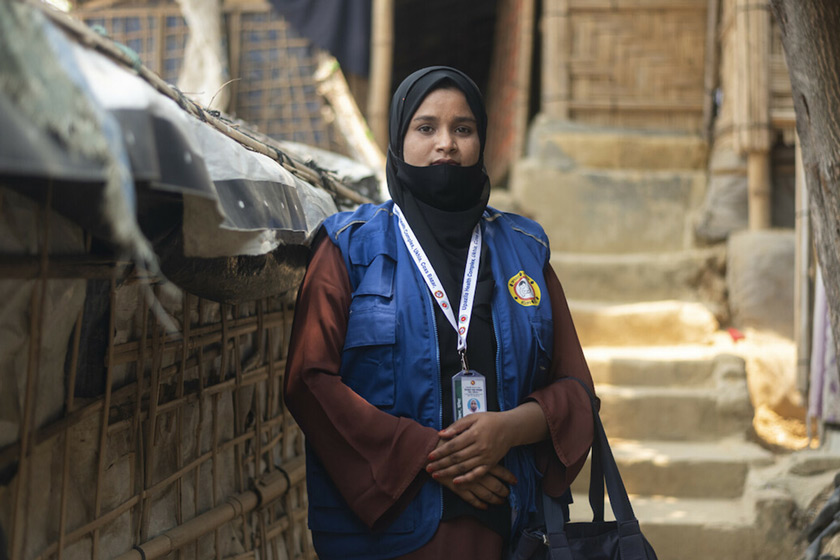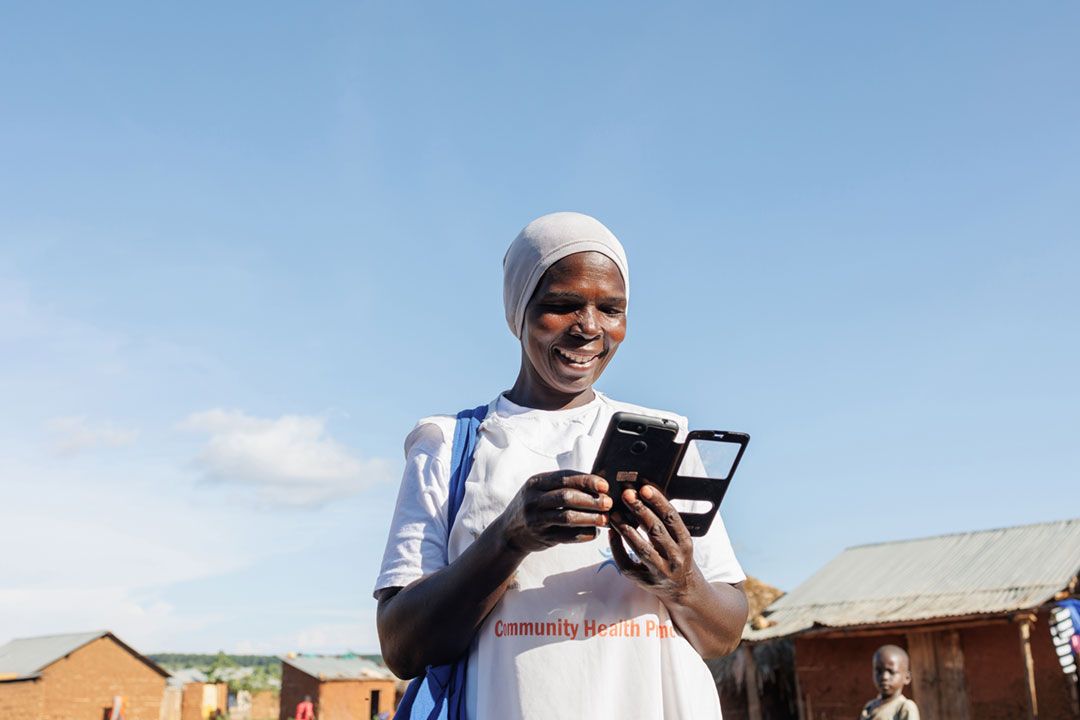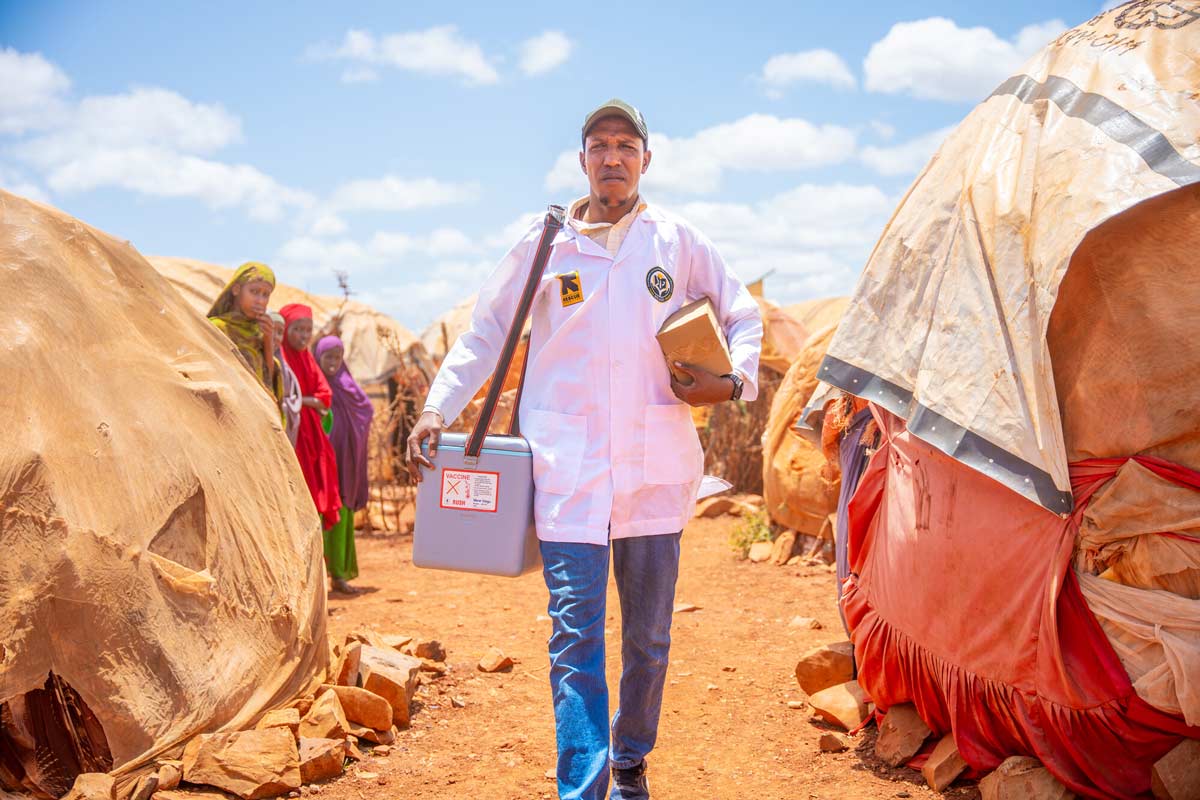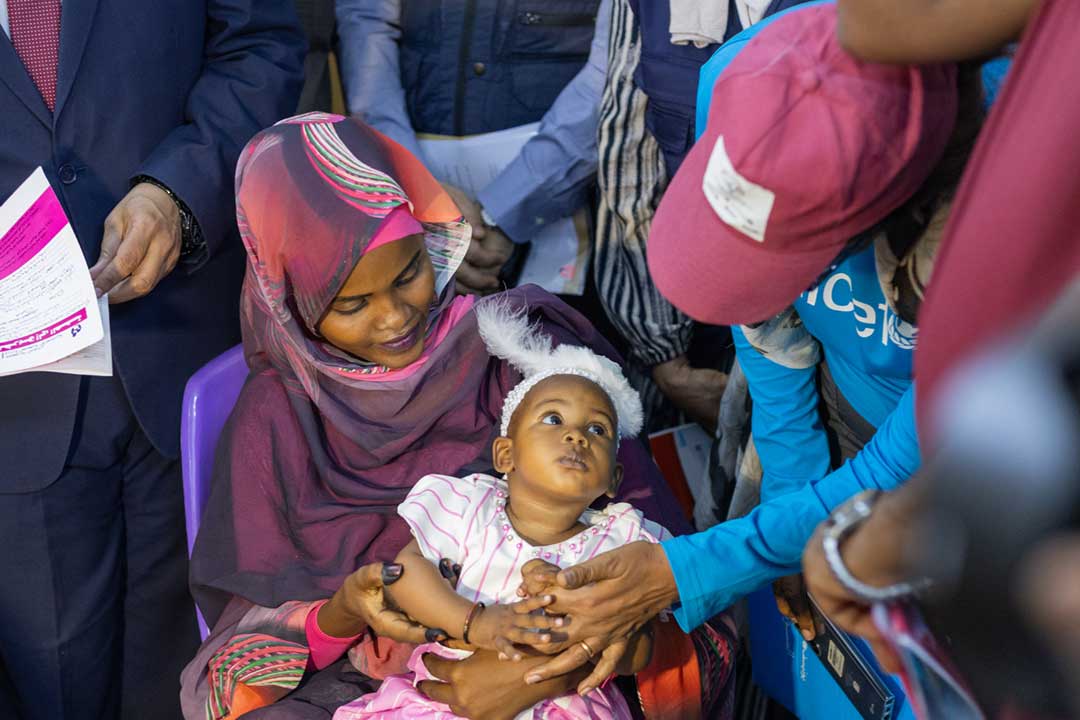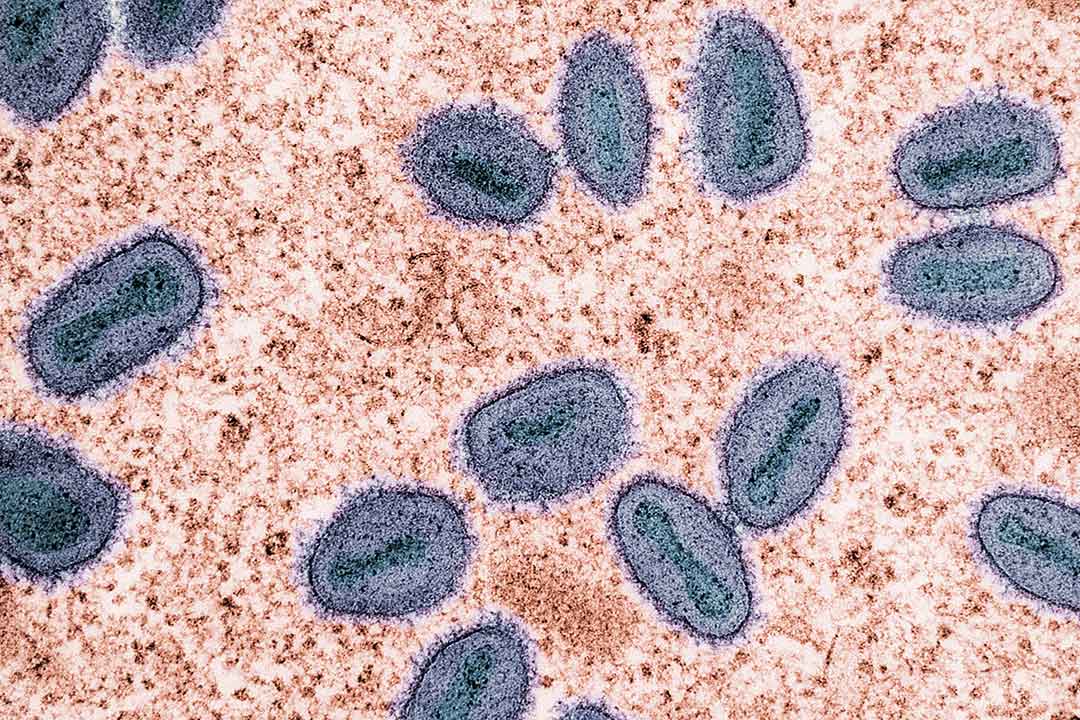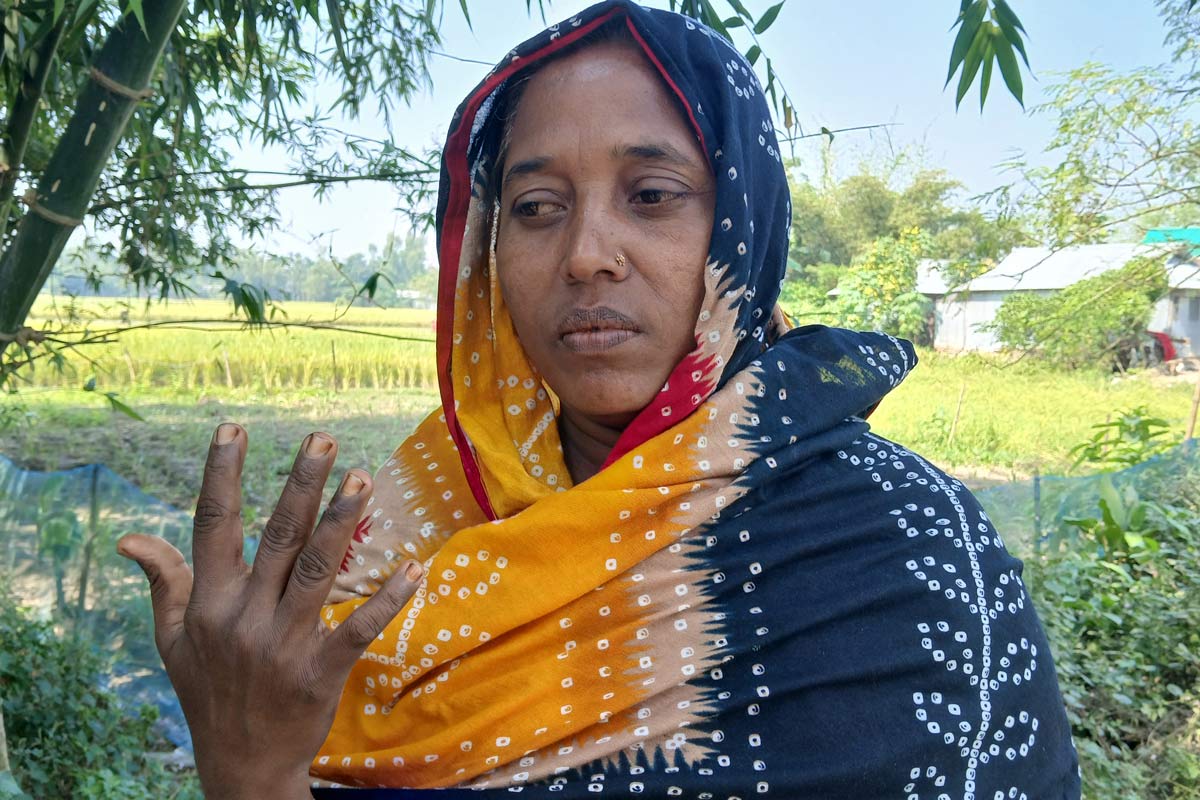Spreading the word: Raising awareness of second-dose measles vaccine in Côte d’Ivoire
When a new vaccine is introduced, it can take concerted efforts to build up coverage levels. In Bouaké North-East district in Cote d’Ivoire, tireless engagement with communities and mobilisation of community health workers helped to boost measles second-dose coverage from less than 30% to 96%.
- 2 April 2024
- 5 min read
- by Ian Jones , Charlotte Mbuh
![Bouaké, Cote d'Ivoire [Credit: TGLF]](/sites/default/files/vaccineswork/2024/Header/Bouake_panoramio_h1.jpg)
Declines in vaccination coverage during the pandemic have led to a surge in vaccine-preventable disease outbreaks – including diphtheria, particularly in West Africa and parts of Asia – but most alarmingly, of measles. Modelling based on reported measles cases (a fraction of the actual numbers of cases) suggests that more than 9 million cases occurred in 2022, up 18% on 2021, while deaths jumped 43% to 136,000, most of them children. With reported cases increasing markedly again in 2023, sadly, a further large increase is likely to be seen when estimates are generated for 2023.
Measles is such a problem because it is so contagious: for every ten people in contact with a person with measles, nine will be infected if they are not immunised. As a result, very high levels of vaccine coverage (>95%) are needed to generate herd immunity.
To optimise protection, WHO recommends that children receive two doses of measles-containing vaccine, one at nine months or later and one in the second year of life. Over recent years, multiple countries in the Global South have begun to introduce the second dose of measles-containing vaccine, MCV2.
As part of the Movement for Immunization Agenda 2030 (IA2030) facilitated by the Geneva Learning Foundation, a Swiss non-profit, Mathieu N'Guessan shared his experience at Teach to Reach of efforts to improve vaccination coverage, particularly of MCV2, in Bouaké North-East district in central Côte d'Ivoire.
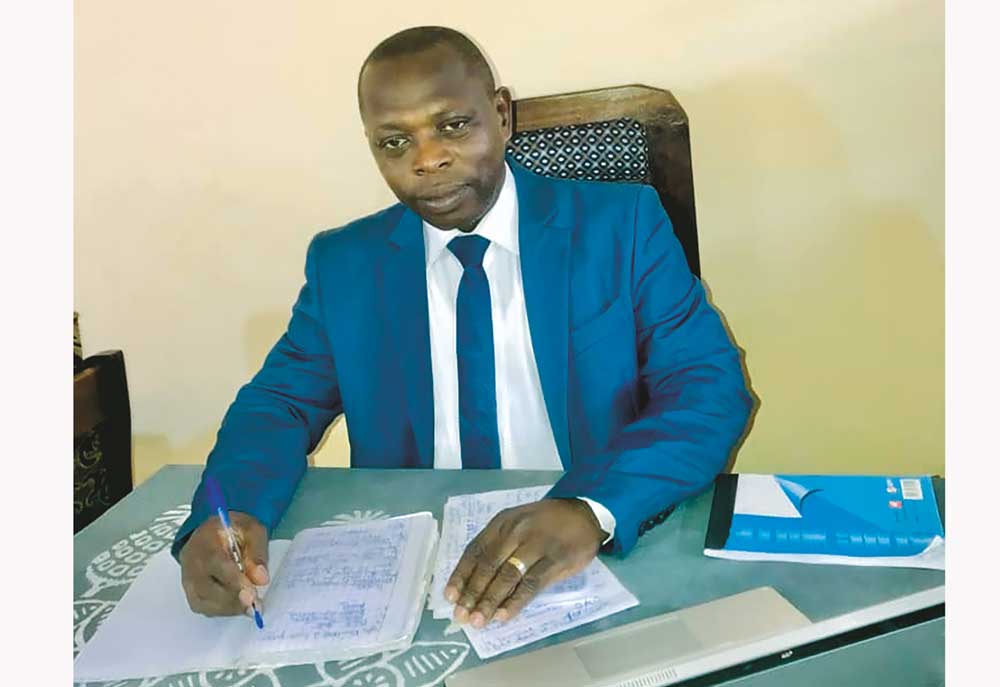
A scrutiny of vaccine coverage at different facilities in the district in 2022 revealed disturbingly low levels at certain facilities. A situational analysis to try to find out why uncovered a variety of challenges, including a lack of transport for outreach, particularly motorbikes, and a shortage of health workers to carry out vaccination activities and awareness-raising in communities. In particular, there were concerns about community health workers.
"Community health workers were not being well used in our district. Some urban vaccination centres had none at all, or too few to make a difference. In rural areas, they were often more concerned with their personal activities and did not devote enough time to health matters."
Community health workers are often the unsung heroes of health systems. Often working voluntarily or for minimal expenses, they are a vital link into communities. In immunisation, they have critical roles in raising awareness, encouraging members of the community to have their children vaccinated and supporting community-based vaccination activities.
With UNICEF support, N'Guessan and his team were able to recruit additional community health workers. Training was organised and they were allocated through the district in ways that better reflected the distribution of the population.
Have you read?
Another important strand of his plan to revitalise immunisation services was to strengthen community engagement. A key aspect of this involved reaching out to influential individuals and organisations in the community.
"We scheduled meetings with imams and other religious leaders, the presidents of women's and youth associations, and other neighbourhood leaders and chiefs. We sensitised them on the need for immunisation and on the roles we expected community health workers to play."
Certain community contacts were especially important at building stronger bridges with communities.
"In each health area, there are community leaders on whom we rely. At every vaccination event, they are there to raise awareness and translate into the local language."
These efforts had a particular focus on MCV2. Introduced into Côte d'Ivoire in 2021, coverage was low in the district, as it was in most of the rest of the country. There was little awareness of the new vaccine, and vaccination in the second year of life was not something caregivers were familiar with – vaccination was generally seen as completed in the first year.
The team made great efforts to ensure that the vaccine was available in all health facilities, and communication with communities centred on how important to was for full protection against measles. With many stakeholders pulling together, these efforts achieved remarkable impact, says N'Guessan:
"This combination of activities has had a considerable impact, far exceeding our expectations. By the end of December 2022, MR2 coverage had increased by 5% to 30%. But over the course of 2023, MR2 coverage increased significantly. After the first quarter of 2023, we increased MR2 coverage to 96% (protecting an additional 6,552 children with the second dose of measles)."
The challenge now is to sustain these gains, particularly with measles once more on the march. N'Guessan is mindful of the need not to become complacent, when hard-won gains can be easily lost. He also recognises that community health workers will be central to consolidating the gains achieved.
"We must also ensure that the performance of community health workers is maintained. At district management team meetings, during coordination and activity reports, and during supervision, I always call on health facility area managers to raise awareness of demotivated community health workers."
Learn more:
Download the complete IA2030 case study: N'Guessan, M., Mbuh, C., Jones, I., & Sadki, R. (2023). Mathieu N'guessan. Transforming second-dose measles vaccine coverage in Côte d'Ivoire (IA2030 Case Study 30) (1.0). The Geneva Learning Foundation. https://doi.org/10.5281/zenodo.10039276
Learn more about the Movement for IA2030 and Teach to Reach.
